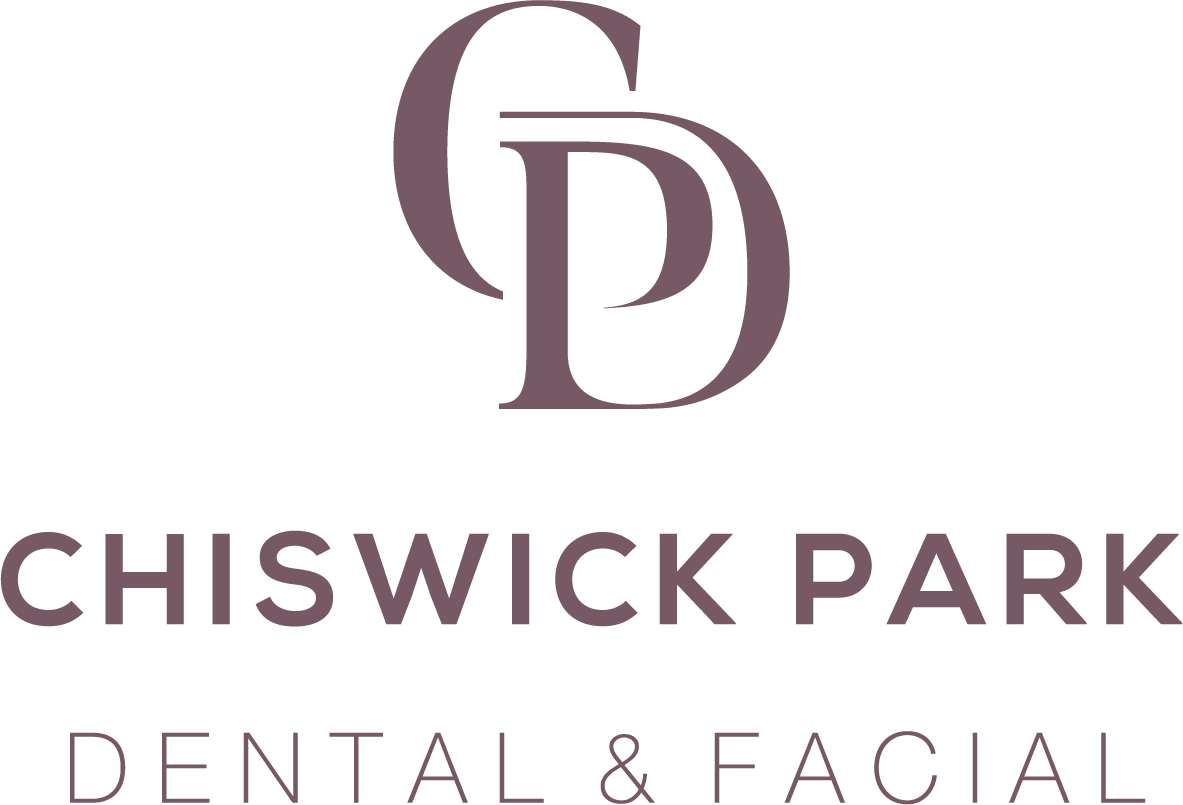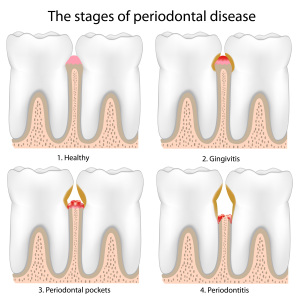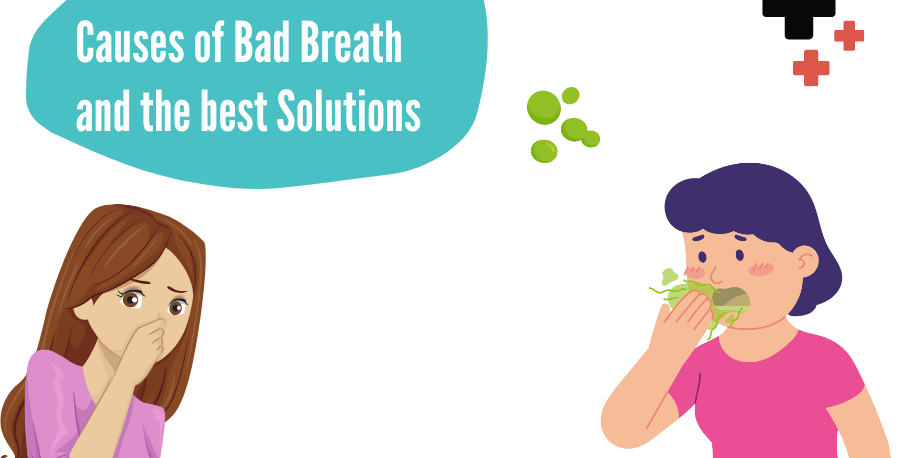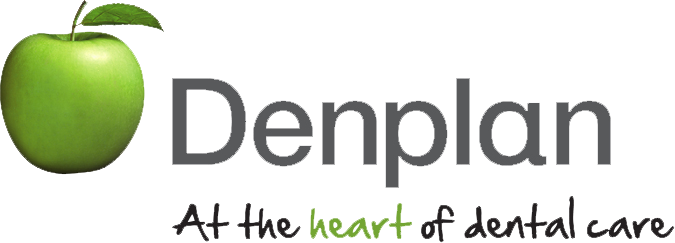Maintaining good oral health is crucial for overall well-being, and two common dental conditions often discussed are gingivitis and periodontitis. While they both involve inflammation of the gums, these conditions differ in severity, symptoms, and potential consequences.
Gingivitis: The Early Warning Sign
Gingivitis is the milder of the two conditions, usually considered the initial stage of gum disease. It is primarily characterized by inflammation of the gums caused by the accumulation of plaque – a sticky film of bacteria – along the gumline. Poor oral hygiene, inadequate brushing, and lack of regular dental check-ups contribute to the development of gingivitis.
Common symptoms of gingivitis include red, swollen gums that may bleed during brushing or flossing. Fortunately, gingivitis is reversible with proper oral care. Regular brushing, flossing, and professional dental cleanings can effectively manage and eliminate gingivitis, preventing its progression to a more severe stage.
Periodontitis: Advanced Gum Disease
If gingivitis is left untreated, it can progress to periodontitis, a more severe and irreversible form of gum disease. Periodontitis involves the inflammation not only of the gums but also the supporting structures of the teeth, including the bone.
As plaque accumulates and hardens into tartar, it creates pockets between the teeth and gums, providing a breeding ground for bacteria. The body’s immune response, aimed at fighting the infection, can inadvertently cause damage to the gums and bone. Over time, this can lead to tooth loss and other serious health issues.
Symptoms of periodontitis include persistent bad breath, receding gums, loose teeth, and changes in the way teeth fit together when biting. Treatment for periodontitis may involve deep cleaning procedures, antibiotics, and in some cases, surgical intervention to repair damaged tissues.
Prevention and Treatment
Preventing both gingivitis and periodontitis involves a commitment to good oral hygiene. Regular brushing with fluoride toothpaste, flossing, and routine dental check-ups are essential. Additionally, lifestyle factors such as avoiding tobacco use and maintaining a healthy diet contribute to overall oral health.
If gingivitis is detected early, it can be managed effectively through professional cleanings and improved oral hygiene practices. However, once periodontitis sets in, treatment becomes more complex and may require more intensive interventions.
Conclusion
Understanding the difference between gingivitis and periodontitis is crucial for maintaining optimal oral health. Gingivitis serves as a warning sign, urging individuals to address their oral hygiene habits before more severe consequences arise. Periodontitis, on the other hand, requires timely and comprehensive treatment to prevent lasting damage.

















